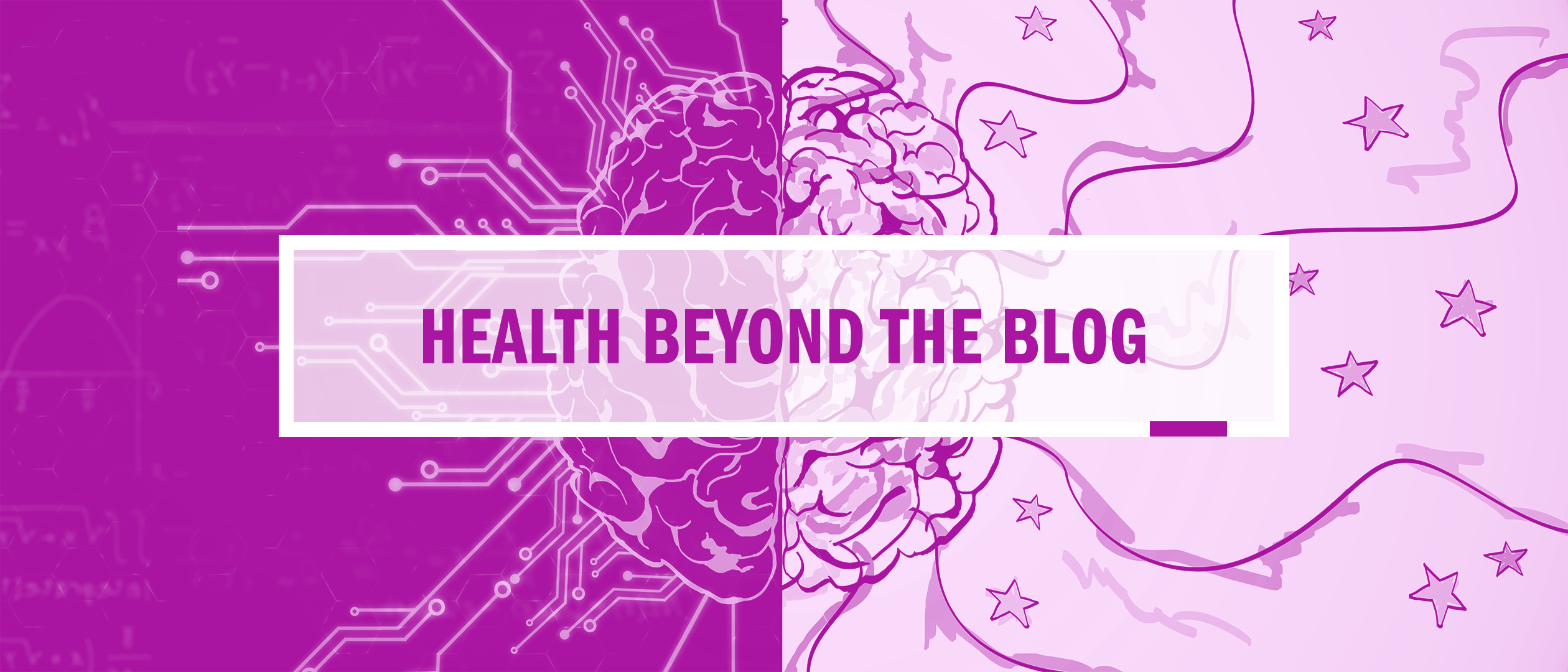New from the @EmoryCSHH News Team: As experts highlight the urgent need for an improved dengue vaccine, a new debate emerges about whether alcoholic beverages should carry cancer warning labels. Meanwhile, the author of "Anxious Generation" argues for granting children a "license to roam" to enhance their autonomy.
By: Diya Gopalan
A lone woman perches on a chair, enveloped by a landscape of greenery. The air is hushed; in front of her on a wooden table rest a dewy bottle, pint-sized glass, and two large microphones. She whispers into each of the microphones individually while dragging the bottle lightly across the table, drumming her fingertips gently against the glass. She twists open the bottle cap to release a faint hiss of air, and pours the golden liquid delicately into the glass. She holds the glass next to the microphone, and the fizz of carbonation fills the silent void.
If this image seems familiar to you, perhaps it is reminiscent of a well-known advertisement from this year’s Super Bowl. Zoé Kravitz, a popular actress, singer, and model, starred in a commercial promoting the Michelob Ultra organic beer brand as part of a campaign to create a sensory experience that is said to parallel the experience of drinking Pure Gold lager. While the ad gives recognition to a prominent social media trend, it is incidentally also linked to the underlying health benefits of an incurred response known as “ASMR”.
The Autonomous Sensory Meridian Response (ASMR) is described as a physical and ‘intensely relaxing’ tingling sensation induced through audible stimuli, such as whispering or scratching. The advertisement featuring Kravitz exemplifies classic ASMR techniques of whispering and tapping to trigger the response, and draws attention to a much larger online communal following of ASMR podcasts and videography. The science behind this fad is complicated yet compelling. Not everyone experiences the same satisfying effect–a tingling sensation that trickles down from scalp to spine–that has popularized ASMR to such an extent. The stimuli and triggers of this response vary, and the sensation itself may last for different amounts of time. Combined, this elicits unique reactions in the individual. For those that experience such a response, the phenomenon is said to be most closely linked to synesthesia, a neurological condition that interconnects each of the five senses.
Given the relative novelty of ASMR, researchers are only just beginning to study the possible benefits this response can have to human health. A recent study by Emma L. Barratt and Nick J. Davis found temporary improvement in depressive symptoms and chronic pain among those who engaged in ASMR. Study participants further reported ASMR’s benefits in improving sleep, feelings of stress and anxiety, and in obtaining a state of flow. A consistent use of sound triggers was considered critical to inducing the response and consequently initiating these health-promoting outcomes. Another study noted physiological indications of relaxation in participants, demonstrated by reduced heart rates and increased skin conductance, as a response to ASMR. An increased positive affect and sense of interpersonal connectivity contributed to the notion of ASMR as having considerable therapeutic potential, particularly in emotional regulation. A study by Daniella K. Cash, Laura L. Heisick, and Megan H. Papesh further showed that even a simple awareness of the health benefits that ASMR incites, in those who choose to engage in it, enhances the effects of the response on pain relief and stress management. ASMR therefore has substantial potential in the scope of mental and physical health.
Given that the craze of ASMR largely exists on YouTube channel communities, of which millennials comprise a significant number, the response has the most opportunity for advancing health among the millennial population. Millennials are considered to be the generation with the highest rates of stress at large. In fact, 4.4% of today’s millennials are diagnosed with major depression and 12% are diagnosed with an anxiety disorder. Chronic stress has been linked to the inducement of colossal physical and psychological detriments to health in the long-term. Therefore, establishing tools for stress management has become even more crucial for millennials today. As more of the millennial population engages in this emerging and quickly propagating trend, ASMR has an immense opportunity to make its mark on mental health across a wider audience. Hopefully more brands and companies will take a cue from Michelob Ultra in spreading awareness about ASMR, as a phenomenon that enhances health and well being, rather than just as a marketing gimmick or Internet fad.

